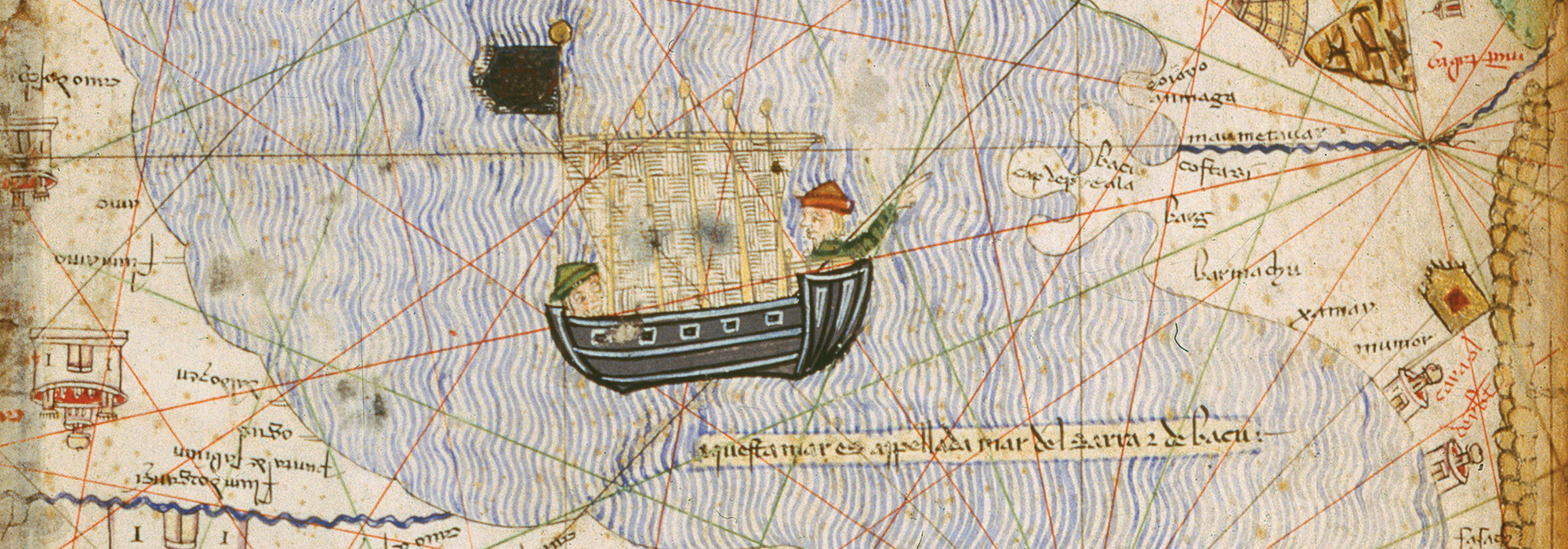COUNTY MAYO, IRELAND—The Irish Independent reports that an island in Clew Bay may actually be the remains of a large Bronze Age fort. Archaeologist Michael Gibbons said that several large ramparts faced with limestone blocks are visible on the tidal isthmus linking the island of Collanmore to Ireland’s west coast during very low tides, when the island is accessible by foot. But, he added, the structures are covered with seaweed, and are hidden from site during high tides. The structures were known to locals, he noted, who were not aware of their age or significance. “We were lucky on the day as there were men cutting seaweed in the same area,” he said. Gibbons explained that the fort was probably strategically important between 1100 and 900 B.C. “Similar ramparts are visible at a number of other coastal and lake promontory forts throughout the west of Ireland,” he said. “They were built by warlord dominated societies and we have very good evidence they were in active use during periods of warfare between various tribes.” To read about sites in western Ireland where people began to farm and raise animals some 3,500 years ago, go to "Off the Grid: Rathcroghan, Ireland."
Bronze Age Fort Identified Off Ireland’s West Coast
News April 3, 2024
Recommended Articles
Off the Grid November/December 2019
Rathcroghan, Ireland

Features November/December 2016
Samhain Revival
Looking for the roots of Halloween in Ireland’s Boyne Valley
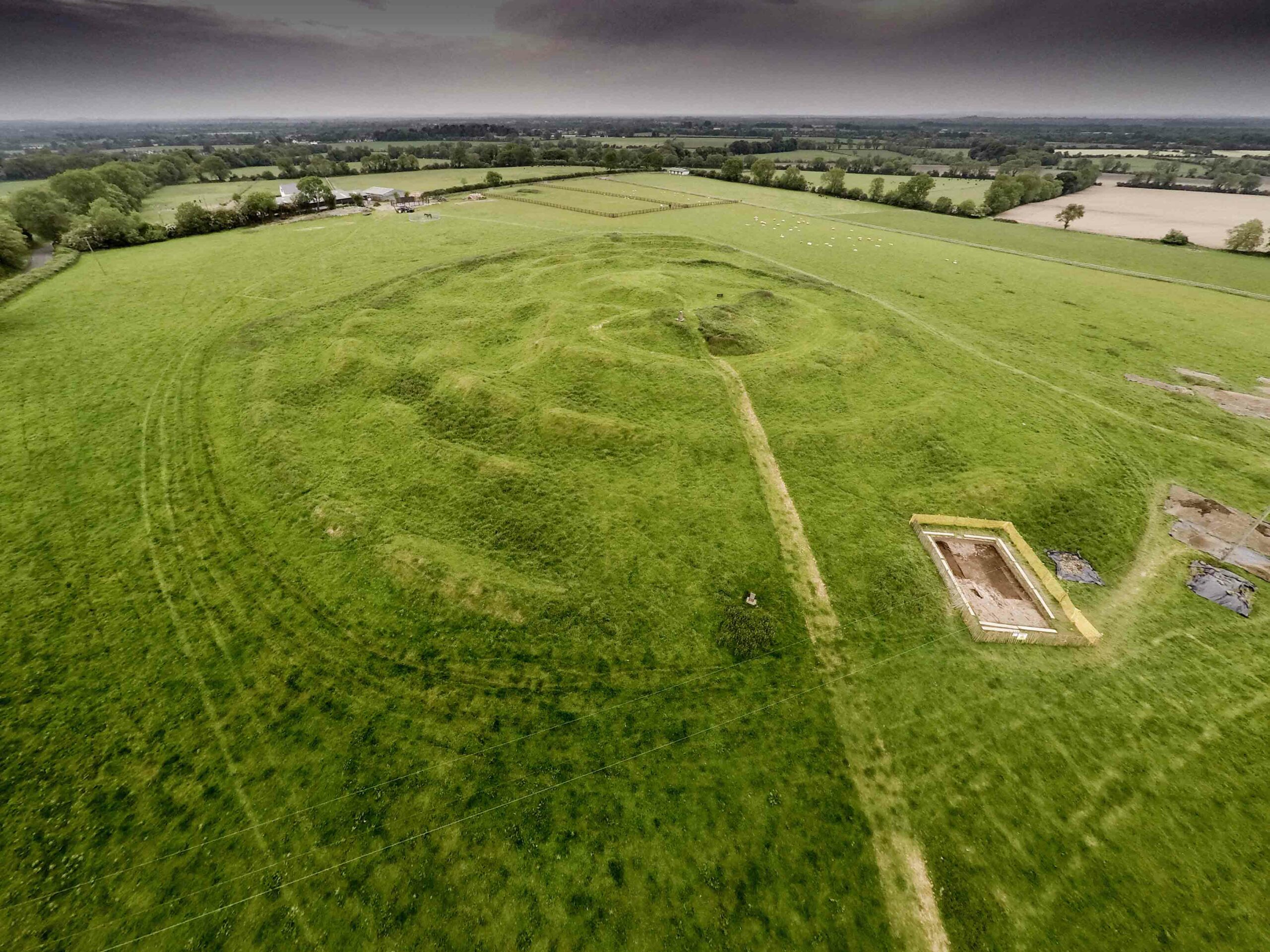
Digs & Discoveries September/October 2015
Bronze Age Ireland’s Taste in Gold
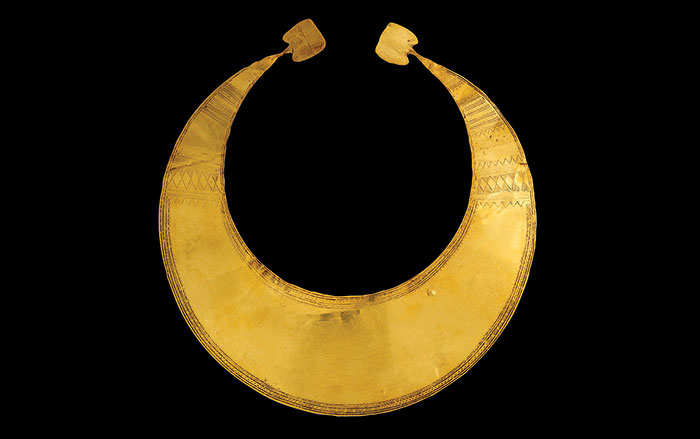
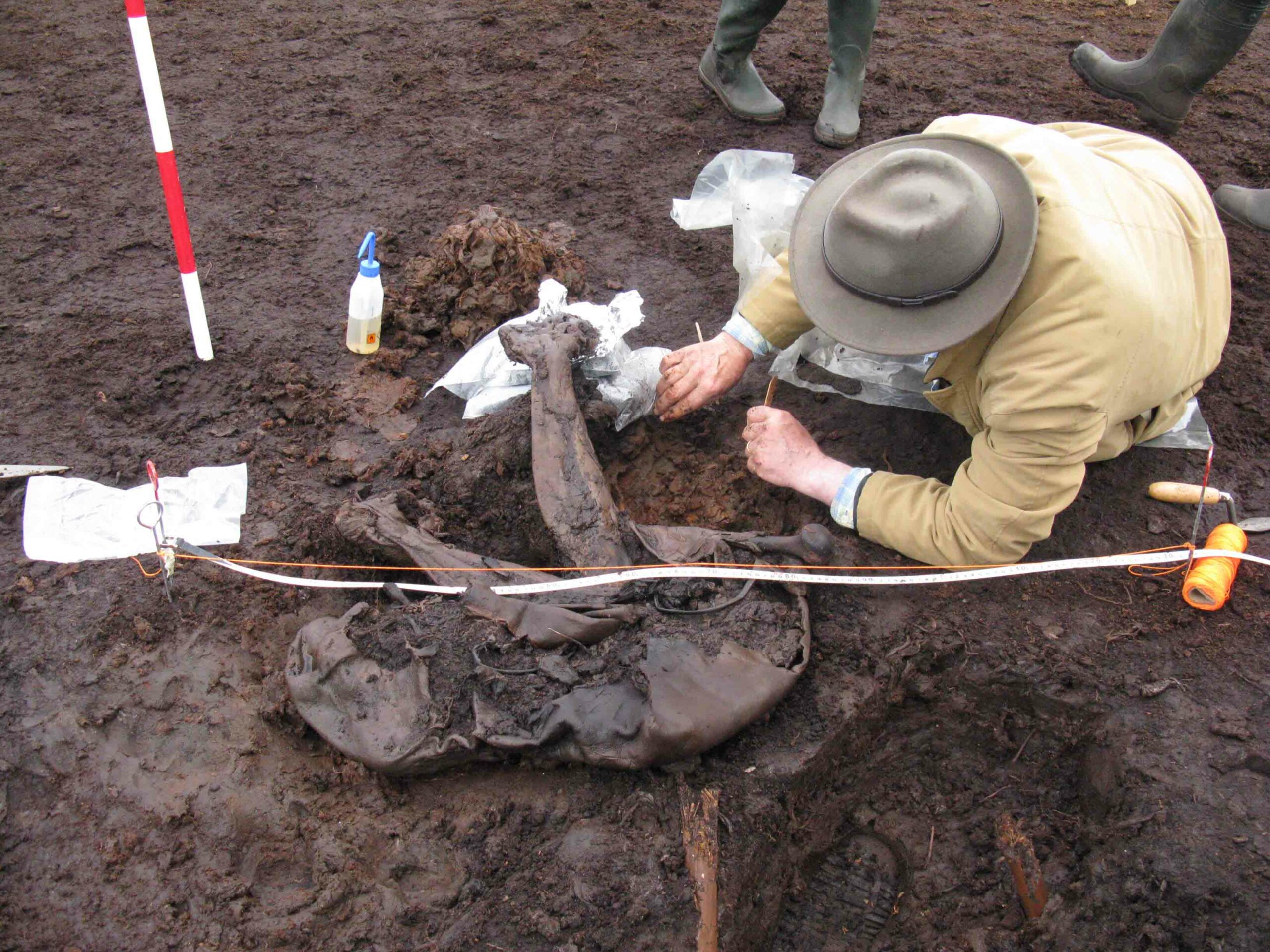
-
Features May/June 2024
Alexander the Great's Untold Story
Excavations in northern Greece are revealing the world that shaped the future king
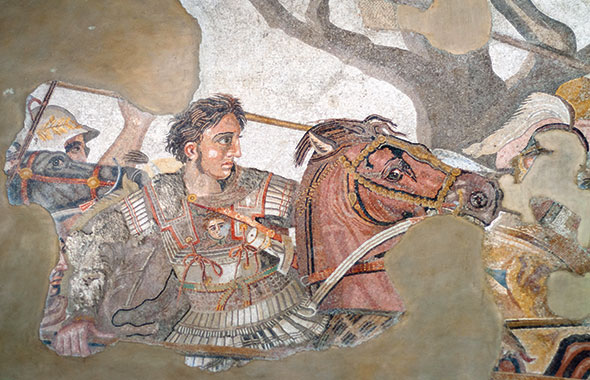 (Veronika Pfeiffer/Alamy)
(Veronika Pfeiffer/Alamy) -
Letter from the Catskills May/June 2024
Ghost Towns of the Ashokan Reservoir
An archaeologist investigates how construction of New York City’s largest reservoir a century ago uprooted thousands of rural residents
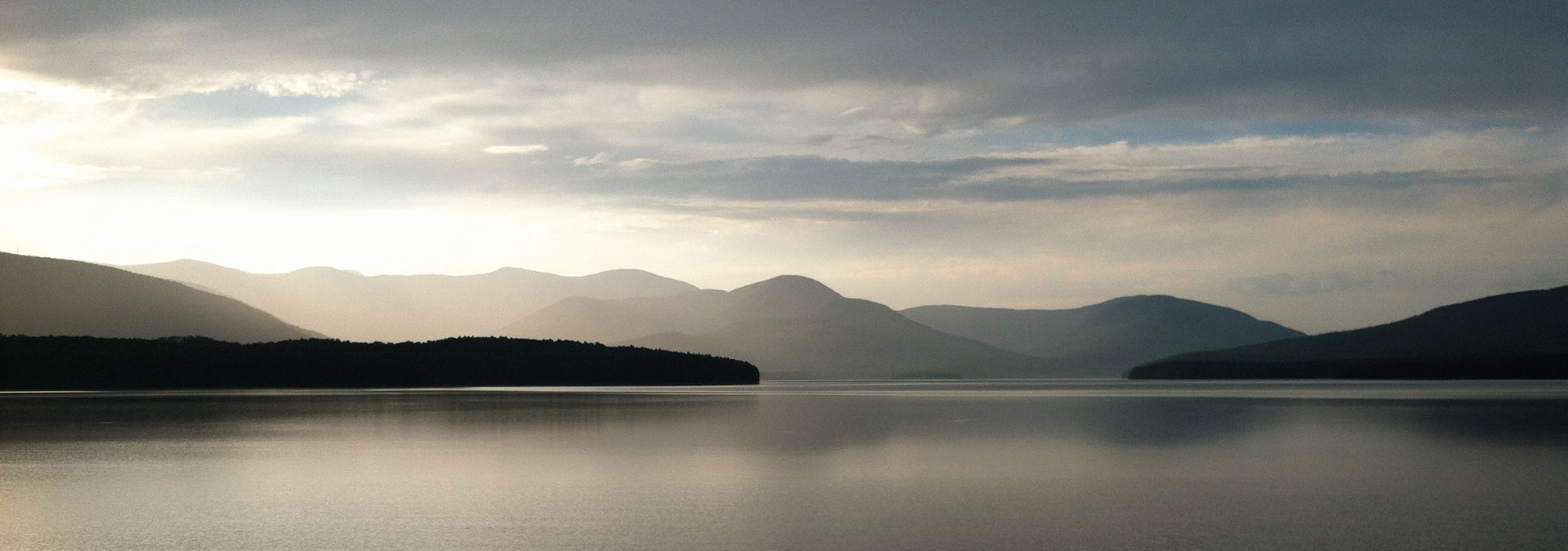 (Courtesy the New York City Department of Environmental Protection)
(Courtesy the New York City Department of Environmental Protection) -
Artifacts May/June 2024
Medieval Iron Gauntlet
 (Courtesy Canton of Zurich)
(Courtesy Canton of Zurich) -
Digs & Discoveries May/June 2024
Ancient Egyptian Caregivers
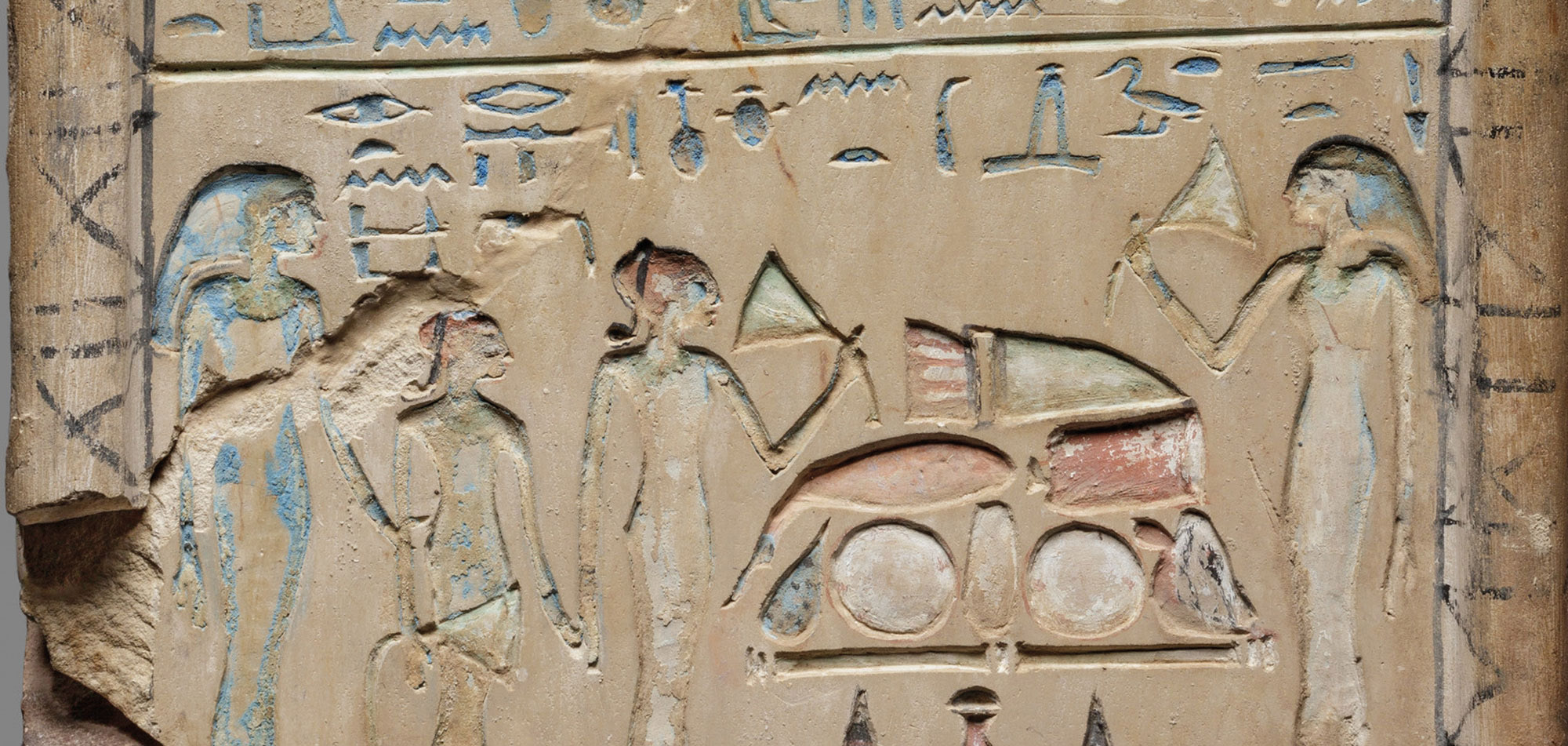 (Metropolitan Museum of Art)
(Metropolitan Museum of Art)


